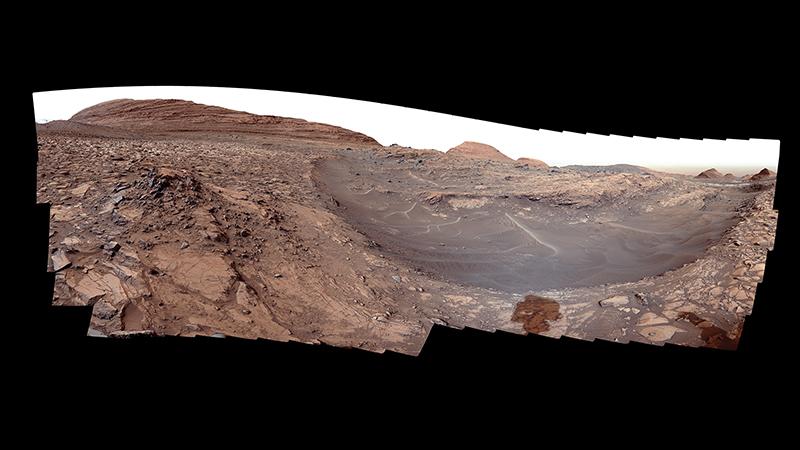
NASA’s Curiosity Mars rover captured this 180-deg. view of Mount Sharp’s Gediz Vallis channel, which was likely formed by large floods of water and jumbles of rocks. On the left is a pile of sulfate-rich rocks, nicknamed “Hinman Col.”
Credit: NASA/JPL-Caltech/MSSS
NASA’s Curiosity rover has provided new evidence of at least intermittent large bodies of liquid water on the surface of Mars, bolstering theories that the planet once harbored a thicker, carbon dioxide-rich atmosphere and warmer temperatures. The evidence comes from concentrations of siderite, an...
NASA Curiosity Rover Findings Point To A More Watery Martian Past is available to both Aviation Week & Space Technology and AWIN subscribers.
Subscribe now to read this content, plus receive critical analysis into emerging trends, technological advancements, operational best practices and continuous updates to policy, requirements and budgets.
Already a subscriber to AW&ST or AWIN? Log in with your existing email and password.





